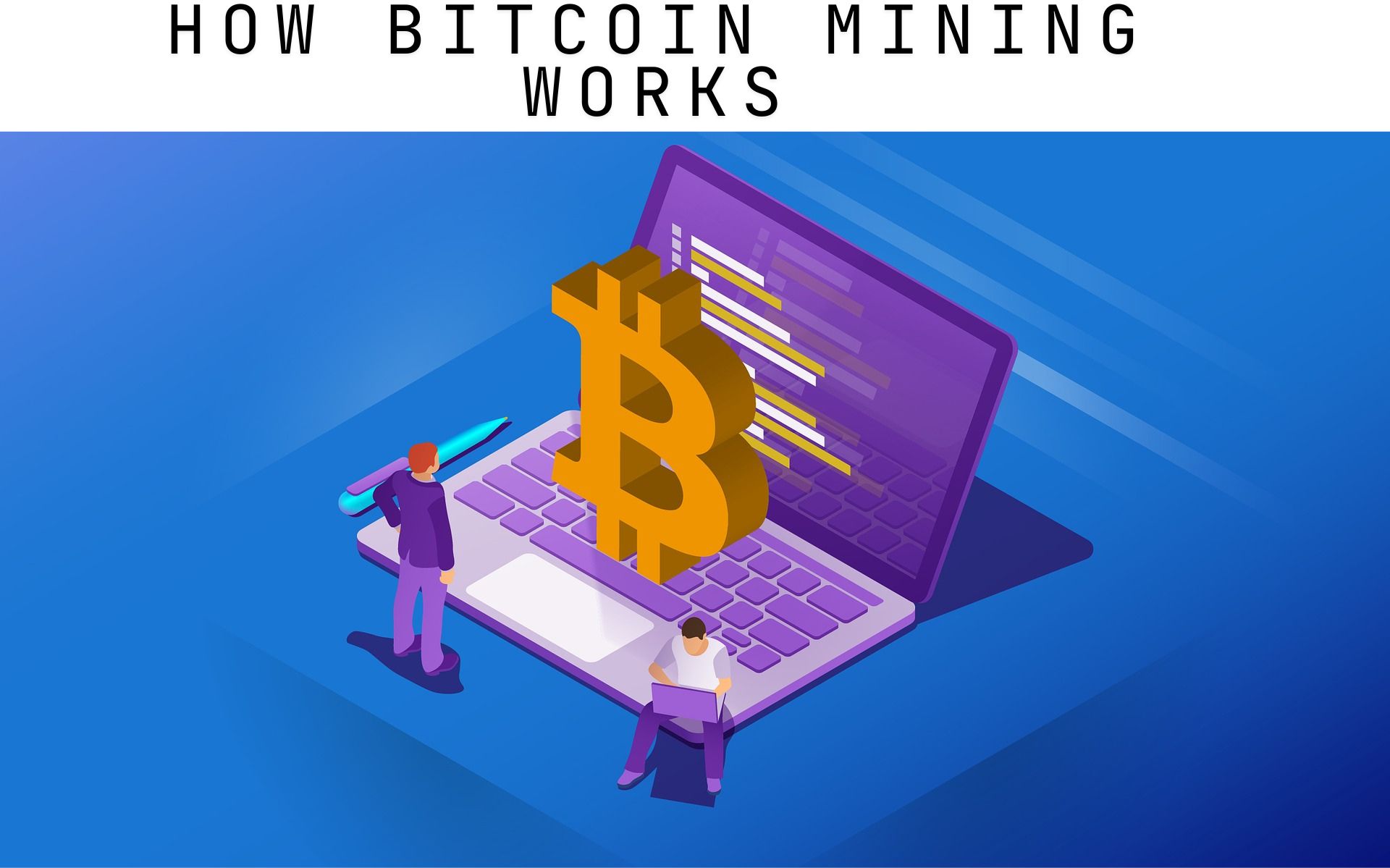How Bitcoin Mining Works: The process of creating new bitcoins and validating transactions on the blockchain network is known as bitcoin mining. Completing intricate mathematical riddles with the aid of powerful computers secures the network and adds new blocks to the public ledger.
This procedure, called Proof of Work, is necessary to preserve Bitcoin’s decentralized structure, stop fraud, and uphold confidence in the absence of a centralized authority. Mining has become increasingly competitive, energy-intensive, and essential to the Bitcoin ecosystem’s future as it has developed.
How Bitcoin Mining Works.
An essential component of the Bitcoin network’s operation is Bitcoin mining. It secures the blockchain and validates transactions in addition to producing new bitcoins. This article examines the definition, operation, underlying technology, and wider ramifications of Bitcoin mining.
What Is Bitcoin Mining?
It entails applying computing power to solve challenging mathematical riddles. The privilege of contributing a new block to the network is awarded to the miner who solves these issues first. The successful miner is rewarded with newly created bitcoins as well as transaction fees related to the block.
The Blockchain and Proof of Work
Blockchain technology, a public, decentralized ledger of all Bitcoin transactions, is the foundation of Bitcoin mining. A timestamp, a list of transactions, and a reference to the block before it are all included in each block.
PoW forces miners to solve a cryptographic challenge, which takes a significant amount of energy and processing power. The goal of this problem is to identify a unique integer known as a nonce that, when hashed with the block’s data, results in a hash that begins with a certain number of zeros.
Because of the deliberate difficulty of this process, adding blocks takes a lot of work, making it difficult for anyone to change the history of the blockchain.
Mining Hardware and Software
The CPU of a standard computer might be used to mine Bitcoin in its early days. However, more potent tools were required as more miners entered the network and mining got increasingly challenging. These days, miners employ specialized hardware called Application-Specific Integrated Circuits, or ASICs, which are made especially for effectively mining Bitcoin.
To join mining pools, control mining operations, and link their hardware to the Bitcoin network, miners also require mining software. Miners can pool their computing resources and more fairly divide earnings because of these pools.
Mining Rewards and Halving
The reward for mining a block is now 6.25 bitcoins, albeit this is not a set value. The Bitcoin network experiences a phenomenon known as halving, in which the block reward is reduced by half every 210,000 blocks, or approximately every four years. The coding of Bitcoin incorporates this method to limit inflation and guarantee that there will never be more than 21 million bitcoins.
The market price of Bitcoin and the mining environment itself may be impacted by miners’ incomes being cut in half. The reward will drop to 3.125 bitcoins per block when the second halving takes place in 2028.
The Environmental Impact
The environmental effects of Bitcoin mining are frequently questioned. Its substantial carbon footprint is caused by the quantity of electricity it uses, which is frequently produced using fossil fuels. According to some estimations, the Bitcoin network uses more electricity each year than certain small nations.
A growing trend toward sustainable mining has emerged in response to these worries, with some miners shifting their operations to regions with a wealth of renewable energy sources, such as solar or hydropower.
The Importance of Mining
- Transaction Validation: It ensures that only legitimate transactions are added to the blockchain.
- Network Security: It makes the network resistant to attacks, such as double-spending.
- Issuance of New Coins: It’s the only way new Bitcoins are created.
Conclusion
One of the core components of the Bitcoin network is Bitcoin mining. Despite being resource-intensive and technically challenging, it guarantees Bitcoin’s decentralized, safe, and open character. Enhancing sustainability and efficiency is becoming more and more important as the sector develops, making sure that mining can sustain Bitcoin’s expansion without endangering the environment.




